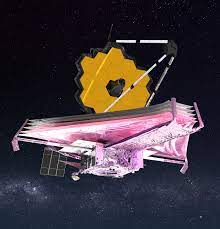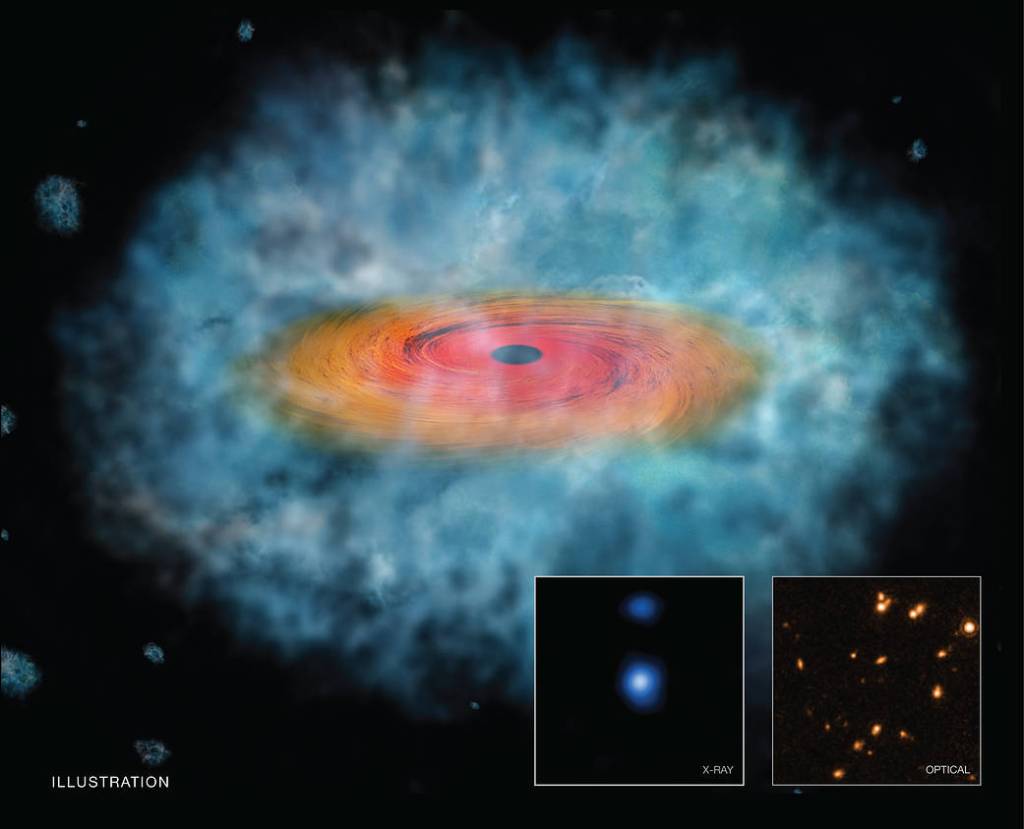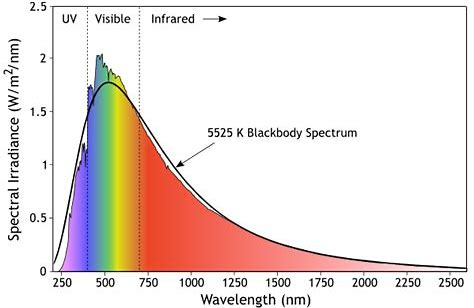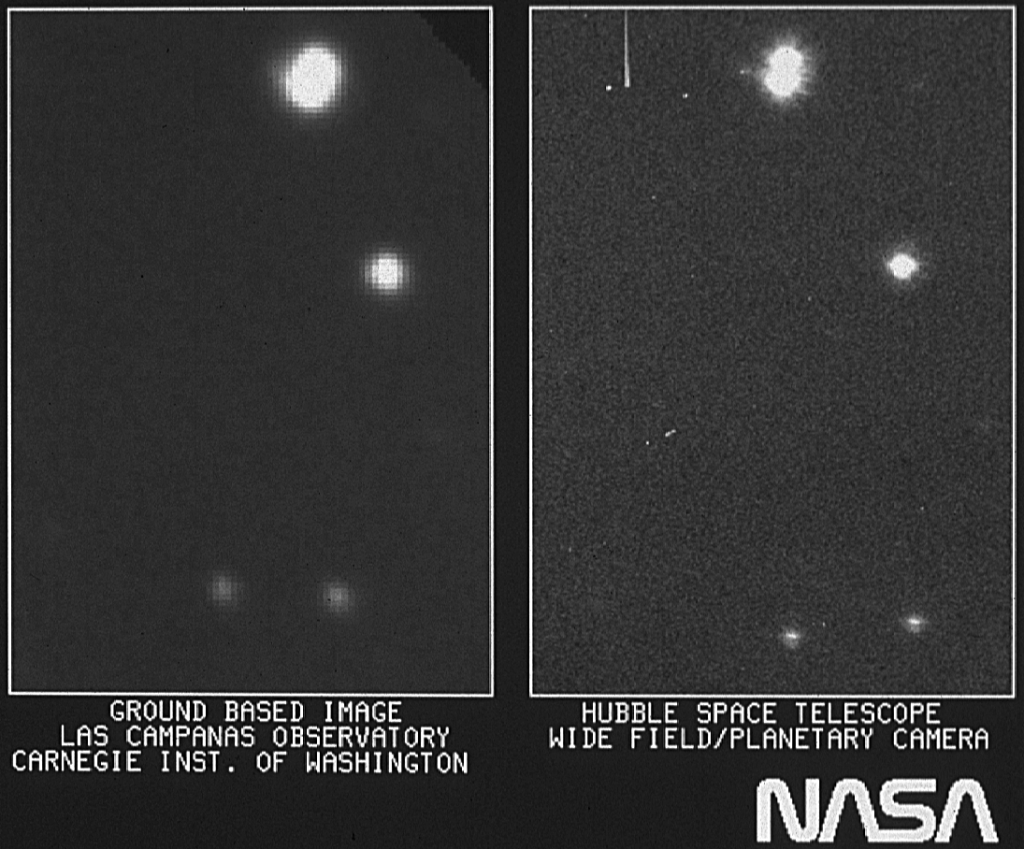For my second blog post, I’ve decided to provide an overview of a few of the most advanced telescopes both on and around the world which have allowed astronomers to peer into the distant mysteries of our universe and uncover more about its nature. First, we will examine some of the most advance ground based telescopes.
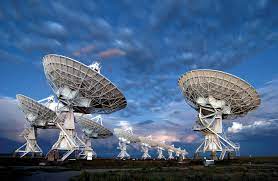
First completed in 1980, the Very Large Array is the largest terrestrial telescope array on the planet, with each of its three arms measuring 21 kilometers at full extension. The VLA consists of 27 individual dishes each 25 meters across, providing a total of more than 13,000 square meters of collecting area. The VLA takes observations in the radio range, providing astronomers with deep views into the cosmos.
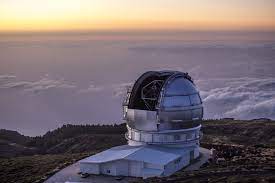
The largest single optical telescope on Earth, those which observe in the visible range, however, is the Gran Telescopio Canarias in Spain which observed its first light in 2007. This telescope is 10.4 meters across and provides astronomers with their clearest views of the sky in the visible light range.
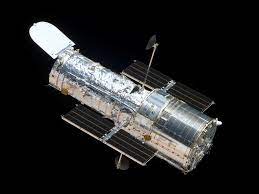
Moving into orbit, we come to probably the most famous telescope in the history of astronomy: the Hubble Space Telescope. Launched in 1990, its first few years were troubled as a defect in the mirror restricted scientists to observing less taxing objects. However after this was corrected in 1993, Hubble went on to make many important discoveries, especially in helping researchers understand the history and origin of the universe. Hubble has taken many famous photos, including the “pillars of creation” and the Hubble deep field, an incredibly detailed photo of an unremarkable section of night sky which may include as many as 10,000 galaxies.
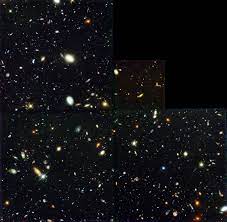
Finally, we have the newest and most technologically advanced telescope ever created: the James Webb Space Telescope, or JWST. the JWST was launched in 2021 and has a diameter of 6.5 meters, giving it about 6 times more collecting area than Hubble. The JWST’s observations are focused on the near-infrared as opposed to Hubble’s visible light and near-ultraviolet capacities, providing astronomers with a different perspective on many objects and taking our most detailed measurements of other star systems to date. As the JWST’s mission has just begun, there is much work for it still to do, and it will surely have many great contributions to astronomy in the future.
